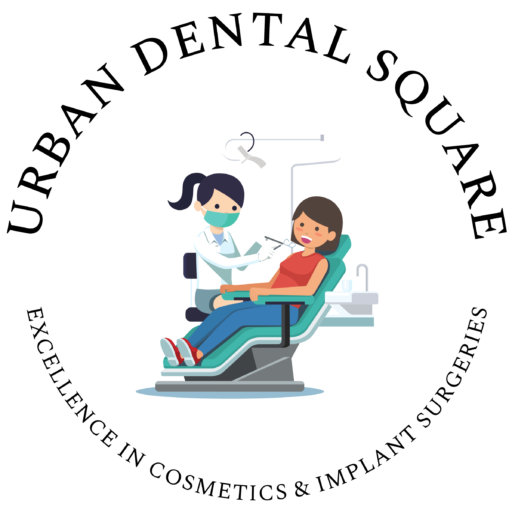What Are Gum Diseases?
Gum diseases are common problems that affect the tissues around your teeth. These diseases can harm your gums and even the bone that supports your teeth. Early stages may not cause pain, but they can still damage your oral health. For example, gingivitis is a mild form, while periodontitis is more serious. Both can lead to tooth loss if not treated. Because gum diseases are so common, it is important to know the signs and how to prevent them.
Common Symptoms of Gum Diseases
Recognizing gum disease symptoms early can help you get treatment quickly. Often, symptoms start mild but can get worse over time. Look out for these signs:
If you notice any of these symptoms, you should see a dentist soon. Early care can stop the disease from getting worse.
Causes and Risk Factors
Gum diseases usually start with plaque, a sticky film of bacteria on your teeth. If you do not remove plaque by brushing and flossing, it can harden into tartar. Tartar makes it easier for bacteria to harm your gums. However, some factors can raise your risk:
Because these risks add up, it is important to keep your mouth clean and visit your dentist often.
Diagnosis of Gum Diseases
Early diagnosis helps prevent serious problems. Dentists check for gum diseases during regular exams. First, they look at your gums for redness, swelling, or bleeding. Next, they may use a small tool to measure the space between your teeth and gums. Deeper spaces can mean gum disease. Sometimes, X-rays help show if bone is lost around your teeth. If you have symptoms, tell your dentist right away. Quick action can protect your oral health.
Treatment Options
Treatment for gum diseases depends on how severe the problem is. In mild cases, better brushing and flossing may be enough. However, more serious cases need extra care. Common gum disease treatments include:
Your dentist will suggest the best treatment for you. With the right care, most people can control gum diseases and keep their teeth healthy.
Prevention Tips
Preventing gum disease is easier than treating it. Simple steps can keep your gums healthy. For example, you should:
Because prevention is key, make these habits part of your daily routine. Healthy gums help you keep your smile for life.
When to See a Dentist
It is important to see a dentist if you notice any gum disease symptoms. For example, bleeding gums or bad breath that does not go away are warning signs. Even if you feel fine, regular dental visits can catch problems early. Early treatment can stop gum diseases from getting worse. If you live in your area, look for gum disease treatment in your city for expert care. Do not wait until you have pain or loose teeth. Your dentist can help you keep your mouth healthy.
For personalized advice on gum disease prevention and treatment, consult a dental specialist today.

